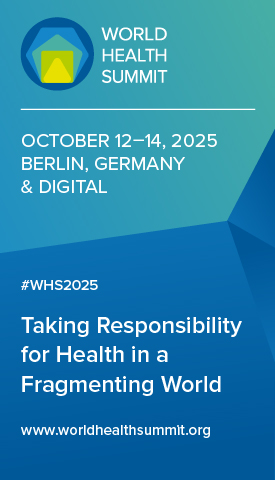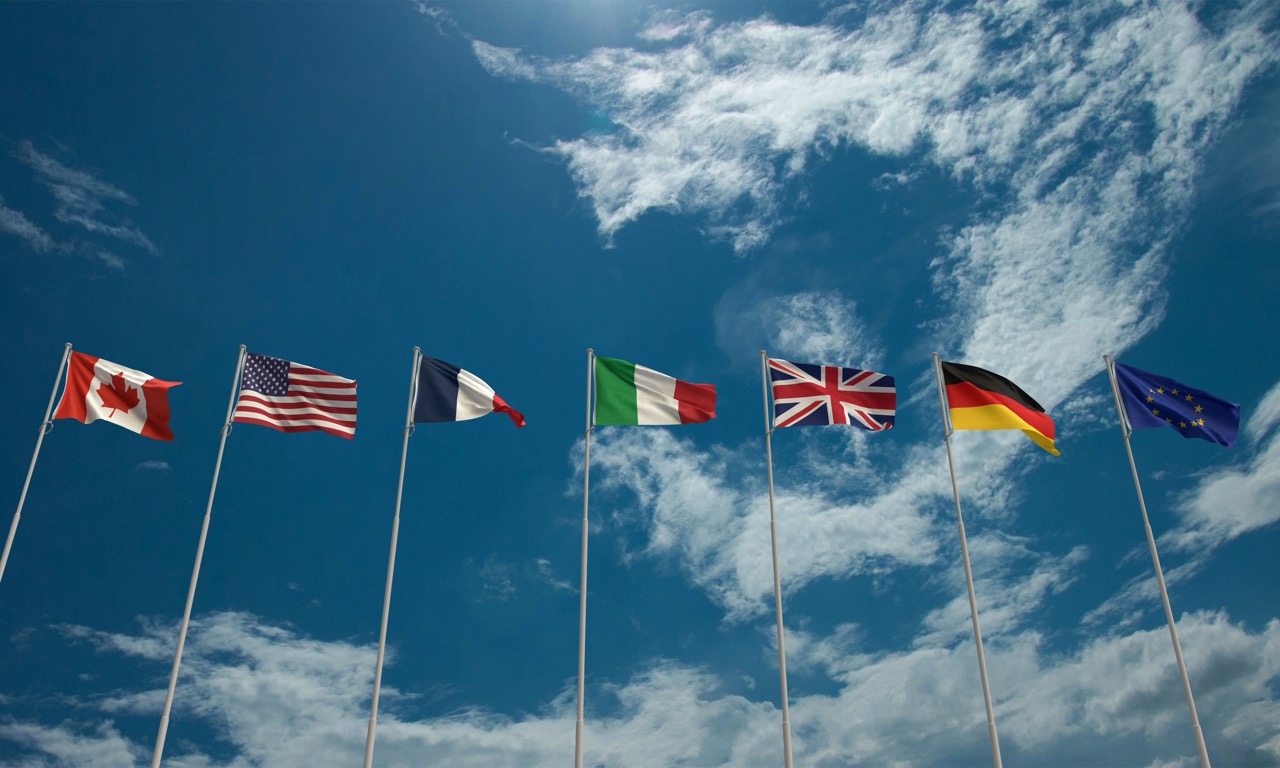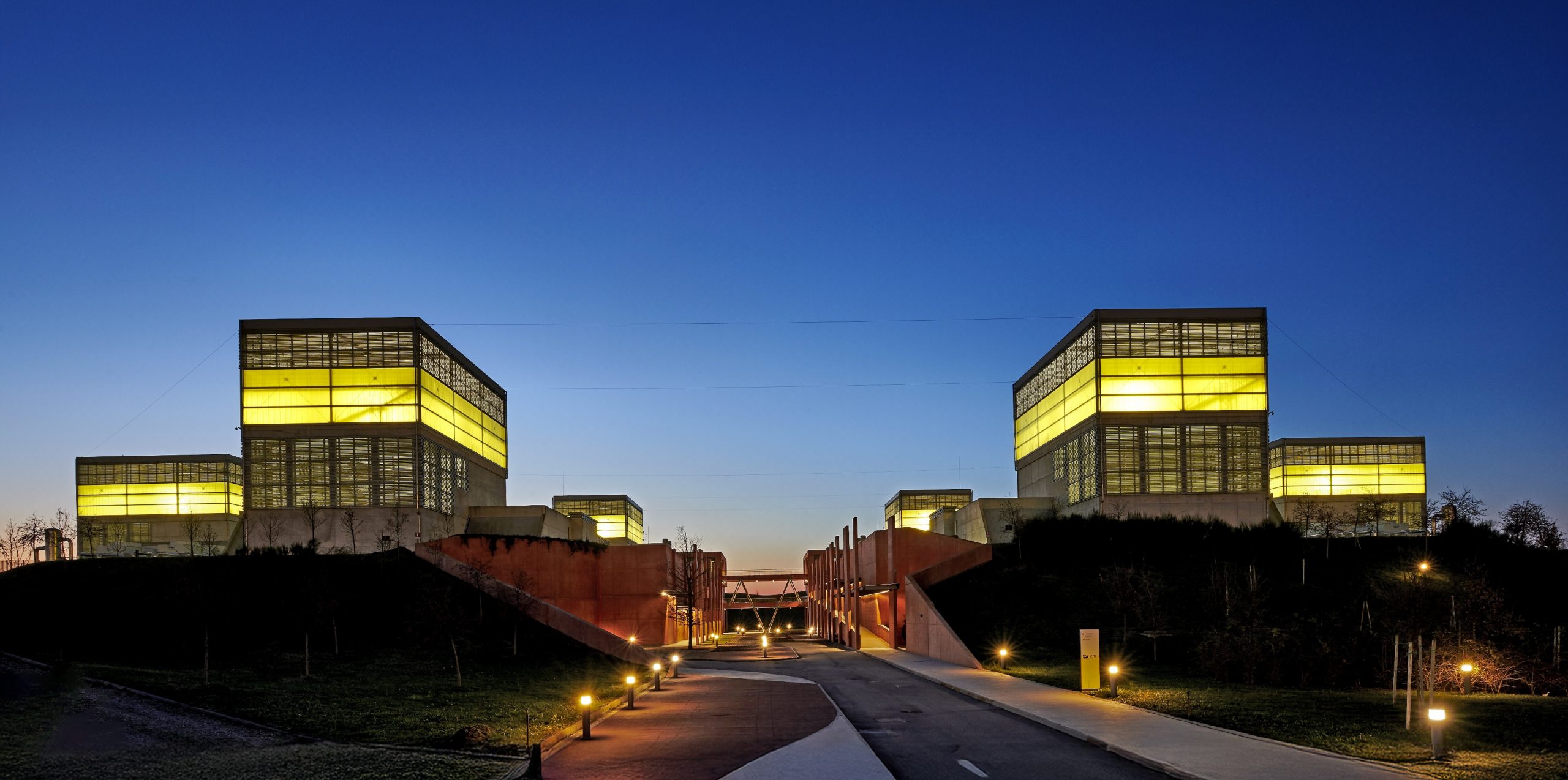The Pandemic Fund, a testament to multilateralism
There is no magic bullet when it comes to public health, but we do know there is an urgent need to step up investments in health systems if we are to build a healthier and safer world
One sobering message we received from Covid-19 was that the world was unprepared for a pandemic. The pandemic has taught us that investing in health is critical. Health is more than just a consumer item; it is an investment in human activity. When the healthcare system failed, the economy came to a halt. We are grateful that we are surviving the Covid-19 pandemic, yet so many people have died. We are indeed returning to a more normal way of life, but a pandemic could strike again at any time. We must brace ourselves. We must prepare ourselves better. Preventive, preparedness and response activities are urgently required. Funding is required for pandemic preparation, response and prevention – PPR.
Covid-19 has demonstrated the fragility of the pandemic financing mechanism. Existing global financing is inadequate to protect against pandemics. Moreover, finance is fragmented, compartmentalised, inefficient, ad hoc and unpredictable. Prevention and preparedness financing is particularly inadequate and uneven, and focused on individual countries.
Given this context, there is a need to increase funds for existing global health organisations. The World Health Organization is important in global health security, but it is not a financial agency. We thus require tight collaboration between it and the World Bank and other multilateral development banks and global health financing institutions. Under Indonesia’s 2022 presidency, in Bali the G20 reached an accord and resolved to create a pandemic fund. The World Bank is hosting this fund, with strong technical support from the WHO. The G20’s action is significant. Thanks must go to the G20 members, particularly Indonesia and Italy, which suggested this effort during their respective presidencies, as well as donor countries, the World Bank and the WHO, which have worked hard and provided assistance.
A milestone
The Pandemic Fund is a milestone in the international community’s efforts to address the fault lines and financing gaps that exist for pandemic PPR. For the first time the international community has come together on a mechanism for investing in PPR in developing countries. It is a testament to multilateralism.
The Pandemic Fund provides a dedicated stream of additional, long-term funding for critical PPR functions in low- and middle-income countries, through investments and technical support at national, regional and global levels. It is expected to support and reinforce capacity building and implementation of PPR under the International Health Regulations and other internationally endorsed legal frameworks, consistent with a One Health approach. It plays a unique role in making the world safer. Investing in pandemic PPR is a global public good, with benefits that transcend borders. Every dollar that we invest now in strengthening PPR in low- and middle-income countries will save lives and financial costs for the world for years to come. In the face of multiple crises and competing priorities, this new PPR fund will help the international community focus on sustained financing for this agenda. Moreover, it will encourage countries to prioritise PPR and increase their own efforts.
The Pandemic Fund’s robust governance and operational structure place it on a firm footing for successful operationalisation. Let me mention a few key features.
First, its governance is inclusive. It balances representation from contributors and co-investors (recipients and potential recipient countries), and it provides a strong voice for civil society. Its board has nine voting seats for sovereign contributors, nine for sovereign co-investors, one for non-sovereign contributors and two for civil society organisations – one for the Global South and another for the Global North. The G20 presidency and chair of the Technical Advisory Panel are non-voting members. Implementing entities participate as observers.
Second, the operating structure has the flexibility to deliver resources to countries and regions through existing institutions engaged in financing PPR. Those include the World Bank, the African Development Bank, the Asian Development Bank, the Asian Infrastructure Investment Bank, the European Investment Bank, the Inter-American Development Bank and the International Finance Corporation, plus the WHO, UNICEF and the Food and Agriculture Organization, as well as the Global Fund, the Coalition for Epidemic Preparedness Innovation and Gavi, the Vaccine Alliance. This structure allows the fund’s resources to complement the work of these institutions, drawing on comparative advantages, and complement the work of countries themselves.
Third, the fund’s structure reflects high standards of transparency and accountability, and the necessary safeguards to avoid conflicts of interest.
Much has been achieved in a short period of time. Since its inaugural meeting in September 2022, good progress has been made across multiple areas.
The Pandemic Fund has already raised $2 billion in seed capital from 25 contributors and began quickly awarding grants to projects through its first call for proposals. In July 2023, it allocated funds amounting to $338 million for 37 countries, which mobilised $2 billion in additional financing; in other words, every dollar awarded catalysed $6 in additional resources from implementing entities and recipient governments.
Incoming proposals for grants from low- and middle-income countries have reached a value of $2.6 billion, against an announced envelope of $300–350 million for the first call. The need for PPR funds is very large. Therefore, the Pandemic Fund is preparing a second call for proposals. The G20 New Delhi Leaders’ Declaration in September 2023 supported the idea that this second call be carried out immediately, demonstrating strong support for the fund.
An opportunity for new methods
The Pandemic Fund is a real opportunity to do things differently and help countries, regions and the world mitigate the risk of future disease outbreaks, building on what we have learned from Covid – from our successes as well as our mistakes.
There is no magic bullet when it comes to public health. Covid has shown us, though, that there is an urgent need to step up investments in health systems and PPR capacities at all levels. At the country level, critical needs include building disease surveillance capacity; laboratories; public health workforce capacities; emergency communication, coordination and management; and community engagement. These investments must be sustained.
Equally, we must build regional and global capacity for PPR. Support at regional and global levels can cut across multiple domains, including surveillance, reporting and information sharing; shared public health assets; regulatory harmonisation; enhanced regional public health workforce capacity; and capacity for coordinated development, procurement, distribution and deployment of countermeasures and essential medical supplies.
With adequate funding, the Pandemic Fund will be key to reducing risks from epidemics and pandemics in the most vulnerable parts of the world, contributing to a healthier and safer world.












